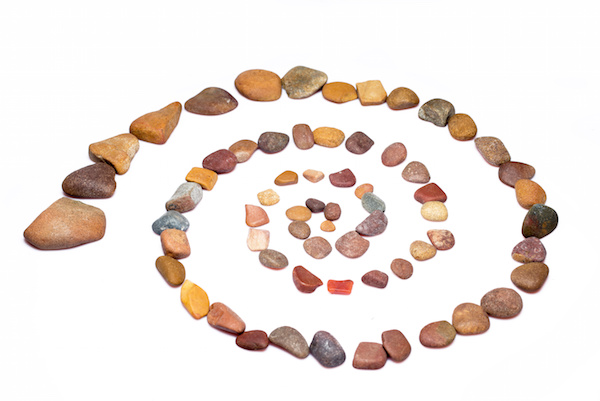
THURSDAY, Jan. 1, 2015 (HealthDay News) — Although about one-third of cancers can be linked to environmental factors or inherited genes, new research suggests the remaining two-thirds may be caused by random mutations.
These mutations take place when stem cells divide, according to the study by researchers at Johns Hopkins Kimmel Cancer Center. Stem cells regenerate and replace cells that die off. If stem cells make random mistakes and mutate during this cell division, cancer can develop. The more of these mistakes that happen, the greater a person’s risk that cells will grow out of control and develop into cancer, the study authors explained in a Hopkins news release.
Although unhealthy lifestyle choices, such as smoking, are a contributing factor, the researchers concluded that the “bad luck” of random mutations plays a key role in the development of many forms of cancer.
“All cancers are caused by a combination of bad luck, the environment and heredity, and we’ve created a model that may help quantify how much of these three factors contribute to cancer development,” said Dr. Bert Vogelstein, professor of oncology at the Johns Hopkins University School of Medicine.
“Cancer-free longevity in people exposed to cancer-causing agents, such as tobacco, is often attributed to their ‘good genes,’ but the truth is that most of them simply had good luck,” added Vogelstein, who is also co-director of the Ludwig Center at Johns Hopkins and an investigator at the Howard Hughes Medical Institute.
The researchers said their findings might not only change the way people perceive their risk for cancer, but also funding for cancer research.
Cristian Tomasetti is a biomathematician and assistant professor of oncology at the Johns Hopkins University School of Medicine and Bloomberg School of Public Health. “If two-thirds of cancer incidence across tissues is explained by random DNA mutations that occur when stem cells divide, then changing our lifestyle and habits will be a huge help in preventing certain cancers, but this may not be as effective for a variety of others,” Tomasetti said in the news release.
“We should focus more resources on finding ways to detect such cancers at early, curable stages,” Tomasetti suggested.
For the study, the investigators looked at previous studies for the number of stem cell divisions in 31 different body tissue types and compared those rates to the lifetime risk of cancer in those areas.
The researchers said they weren’t able to include some major forms of cancer, such as breast and prostate cancer, due to a lack of reliable research on the rate of stem cell division in those areas.
The researchers calculated that 22 types of cancer could primarily be explained by random mutations that occur during cell division. The remaining nine forms of cancer were likely more closely associated with a combination of the “bad luck factor” as well as environmental or inherited factors.
Areas of the body with more stem cell division were linked to a higher risk of cancer, according to the study. For example, the human colon — sometimes called the large intestine — undergoes four times more stem cell divisions than the small intestine. The researchers said this may explain why colon cancer is much more common in people than cancer of the small intestine.
“You could argue that the colon is exposed to more environmental factors than the small intestine, which increases the potential rate of acquired mutations,” Tomasetti said.
But, the researchers noted that the opposite was true among mice. Mice have fewer stem cell divisions in their colons than in their small intestines. And, colon cancer is less common than cancer of the small intestine in mice. This supports the idea that the total number of stem cell divisions plays a critical role in the development of cancer, the study’s authors concluded.
The study was published online Jan. 1 in Science.
More information
The U.S. National Cancer Institute has more about risk factors for cancer.
Copyright © 2026 HealthDay. All rights reserved.

